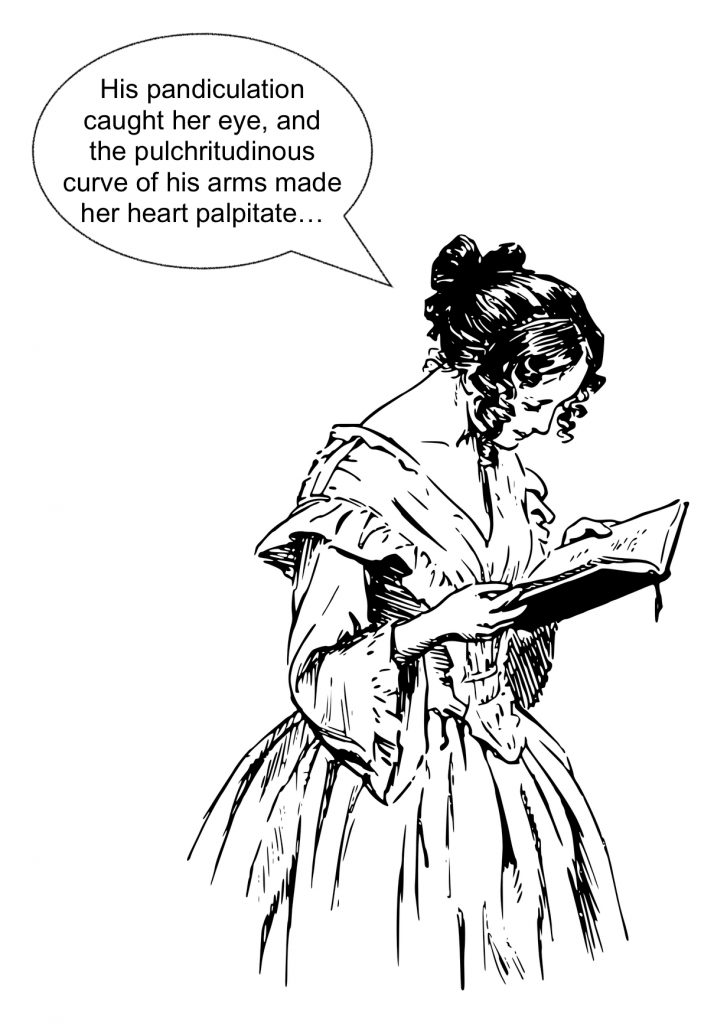
Book Review: How Not to Write a Novel
Since beginning to write fiction, I’ve read numerous books on self-editing and the craft of writing. How Not to Write a Novel by Sandra Newman and Howard Mittelmark is a different kind of book.
Most Books
Books on the craft of writing abound. Many present a strategy: a method of plotting the action, steps to develop the main character, or a structure the novel must follow. I classify these books into three types, which depend on their reader:
- Books you totally “get,” and get a lot out of
- Books that give you a few good pointers
- Books that don’t speak to you at all
Reading books on the craft of writing, trying to find the ones that resonate with you, seems like a good idea, if you can make the time for it. Similar information can be found online, in classes, or at conference sessions.
I’ve gotten more value from books on revising your draft. The two I always recommend are The First Five Pages (Lukeman) and Self Editing for Fiction Writers (Browne and King). Much of what is useful is what NOT to do: Don’t use adverbs when you could use a better verb. Don’t use multiple descriptive terms in place of “said.” This guidance overlaps with what I found in How Not to Write a Novel.
This Book
How Not to Write a Novel is a long list of what not to do, divided into sections (e.g., plot, characters) and sub-sections (e.g., beginnings, bad guys). The reason not to do the things listed is that an agent or editor will reject your novel because of them. So, the authors don’t argue that one method is better than another, simply that if you want to be traditionally published in today’s world, you should follow the advice.
Some examples:
- From the plot section, “The Waiting Room”: Don’t begin your book with a long introduction of background information, so that the reader is waiting and waiting for the story to start.
- From the character section, “The Clone Entourage”: Don’t introduce the main character’s five friends who are indistinguishable and do not have separate purposes in the plot.
- From the style section, “The Puffer Fish”: Don’t use a huge amount of difficult vocabulary, which distracts the reader and makes you seem like a show-off.
Each item has a title, an example, and an explanation. Reading the example (using while cringing) really clarifies the “bad behavior” and motivates one to avoid it. The book is also very funny and an easy read.
The book’s only flaw is the final section, in which the authors discuss self-publishing. They make the good point that even if you plan to self-publish, forgoing agents and editors, you should still strive to publish the best novel possible. But they equate self-publishing with using a vanity press, and they contend that a success story in self-publishing is one that ends with the author getting a traditional publishing deal. These days, hundreds of romance authors are making a living with self-publishing. Some traditionally published authors are turning to self-publishing as a better way to make a career writing, due to the higher returns. One of the biggest self-publishing success stories is Wool by Hugh Howey; while he did eventually work with a traditional publisher, he retained ebook rights, and I’d argue his was a success story before the traditional deal. I was saddened that two people with so much knowledge of the publishing industry would have such a narrow view of self-publishing.
But other than that last section, this is a great book!


